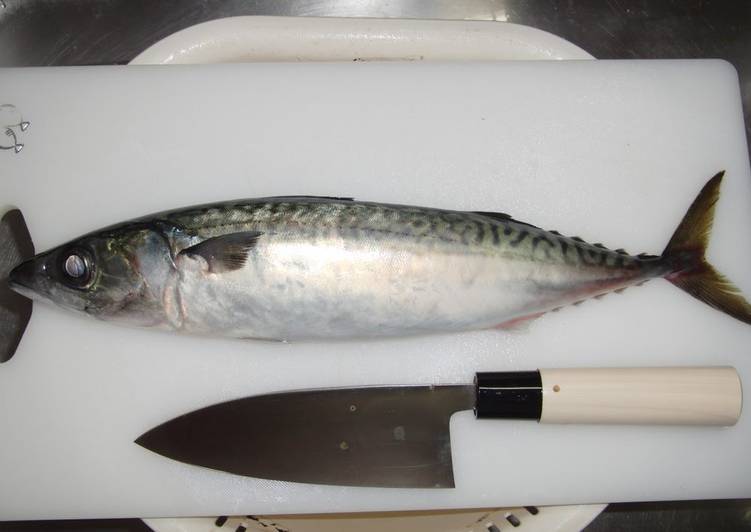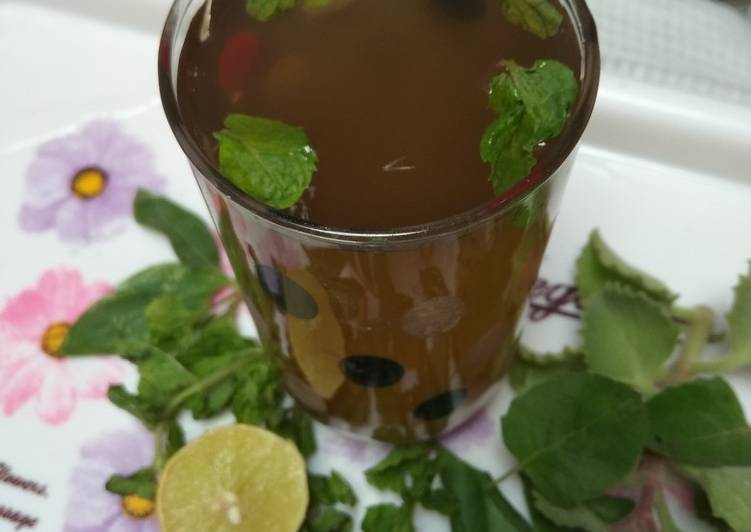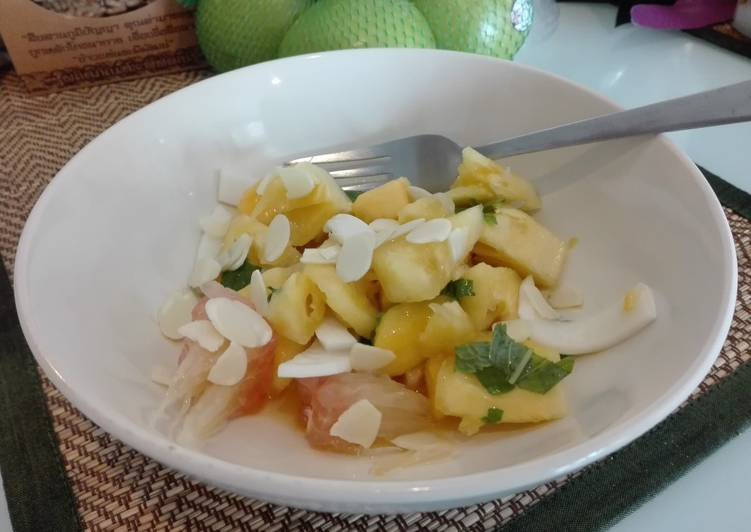
Hey everyone, hope you are having an amazing day today. Today, I’m gonna show you how to make a special dish, how to fillet a fish (3-layer filleting) - for mackerel. It is one of my favorites food recipes. For mine, I’m gonna make it a little bit unique. This is gonna smell and look delicious.
It may seem daunting to first fillet a mackerel, but, by following a few tips, it can be successfully accomplished. I am demonstrating this technique using mackerel caught off of the coast of Ibaraki Prefecture, using a special type of net fishing called "Makiami." Once you learn how to fillet a fish, it means you can enjoy buying whole. Mackerel is delicious in every shape or form - an inexpensive, healthy fish that packs a real punch of flavour.
How to fillet a fish (3-layer filleting) - For Mackerel is one of the most popular of current trending meals in the world. It’s enjoyed by millions every day. It’s simple, it is quick, it tastes delicious. They are fine and they look wonderful. How to fillet a fish (3-layer filleting) - For Mackerel is something that I have loved my whole life.
To get started with this recipe, we have to prepare a few ingredients. You can have how to fillet a fish (3-layer filleting) - for mackerel using 2 ingredients and 12 steps. Here is how you can achieve it.
The ingredients needed to make How to fillet a fish (3-layer filleting) - For Mackerel:
- Prepare 1 Mackerel or other fish
- Take 1 A very sharp knife
In this video, Buddy is using mackerel, but you can apply this method to any round fish. Round fish include fish such as mackerel, sea bass, sea bream, haddock, mullet, pollack, snapper and John Dory. When filleting round fish, use a very sharp and slightly flexible knife. CJ Jackson, Director of the Billingsgate Seafood Training School shows us the best, easy way to fillet a mackerel.
Instructions to make How to fillet a fish (3-layer filleting) - For Mackerel:
- Place the knife behind the pectoral and cut, aiming towards the head of the fish.
- Next, use the same motion on the other side of the fish, cutting the head off completely.
- Putting your fingers into the stomach via the cut hole, carefully remove the guts of the fish.
- Starting from where you removed the guts, cut the fish open along the belly of the fish.
- Once you've cut open the belly of the fish, remove the remaining guts and blood while rinsing the fish under cold water.
- Once you've finished washing the fish, place your knife along the spine of the fish, and separate the fillet from the spine. Tilt the knife sideways, keeping the knife pressed along the spine as you cut.
- Continue this way until you reach all the way to the tail, and remove the fillet.
- This is what you should have at this point. (2-layer fish fillet)
- Next, cut off the fillet still attached to the spine by slicing with your knife running along the spine of the fish.
- And here we've completed the 3-layer filleting. Now we need to make it easier to eat.
- Place the knife along the stomach bones of the fish, and remove the pelvic fin and stomach bones from the fillet. (For both fillets.)
- And here you have successfully completed a perfect 3-layer filleting of fish.
For lots of simple mackerel recipes visit:. While catching a fish can be as simple as casting out a line with bait and being patient, filleting a fish takes a little more finesse. Knowing the correct process to fillet a fish can make the difference between getting barely enough meat for a side dish and harvesting enough for a fish feast. To learn how to fillet fish the easy way, follow the filleting fish instructions below. HOW TO FILLET A FISH: STEPS.
So that is going to wrap it up with this special food how to fillet a fish (3-layer filleting) - for mackerel recipe. Thank you very much for your time. I’m confident that you will make this at home. There’s gonna be interesting food at home recipes coming up. Don’t forget to save this page in your browser, and share it to your family, friends and colleague. Thank you for reading. Go on get cooking!


